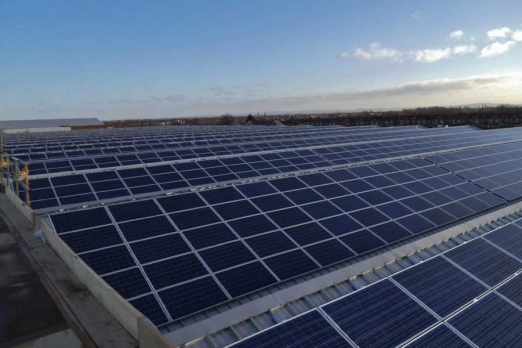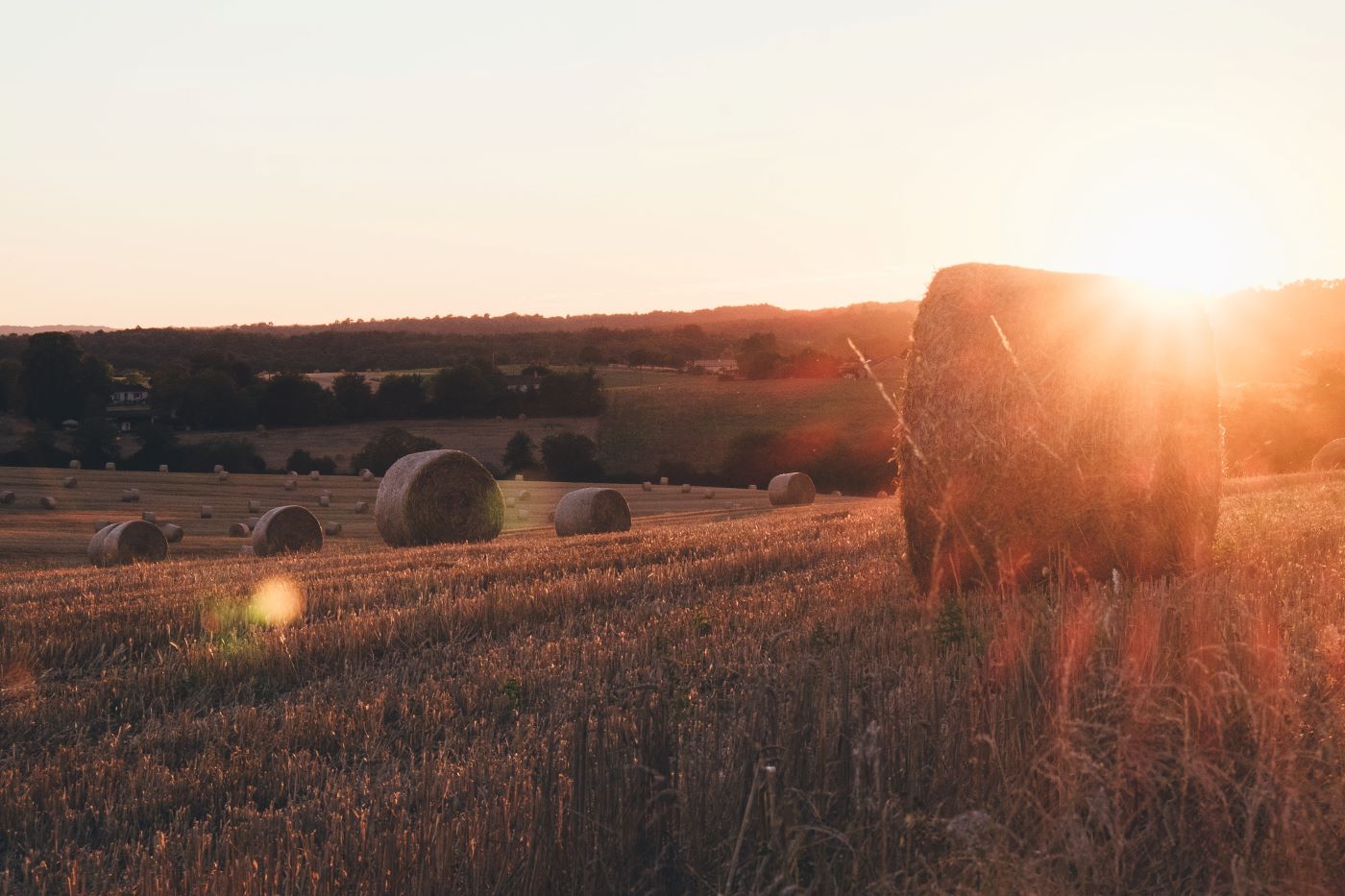In summer 2013, the Government introduced changes to planning policy on renewable energy.
Making better use of brownfield land for renewable energy
 The roof of the Bentley factory Crewe used for generating solar energy
Photo: © Lightsource
The roof of the Bentley factory Crewe used for generating solar energy
Photo: © Lightsource
The aim was to create a better balance between protecting the countryside, tackling climate change and the concerns of local communities.
One year on, our research has revealed a 20% drop in planning approvals for wind turbines and solar farms in the countryside. This has helped reduce some landscape and other local impacts, but there is too much national political intervention in planning decisions. Our research published in our report: The countryside generation game, has found there is little evidence from appeals decisions that the policy changes have embedded the right balance between providing low-carbon energy and local environmental concerns. It’s difficult to separate the effect of the planning policy changes from Communities Secretary, Eric Pickles’s decisions on planning applications.
Better and clearer planning
The lack of clear planning for renewable energy is unhelpful and confusing for communities, developers and investors. Better, we think, to have a robust planning system that properly manages renewable energy development, taking account of local impacts — without Ministerial intervention. Without clearer planning policies, notably changing the National Planning Policy Framework, better strategic planning, and incentives for renewable energy on brownfield sites and commercial buildings, the countryside is still at risk as the pressure from energy infrastructure grows.
Solar energy on brownfield land
There is enough space for more than 250,000 hectares of solar panels on existing commercial roofs or located on brownfield land unsuitable for housing. That’s an area almost twice the size of London that could help protect our precious countryside, while producing the low carbon energy we need. It’s positive that the Government wants to stimulate a significant expansion of solar electricity on commercial roofs. However, major barriers need to be addressed if this vision is to become reality, like the complexities created by building ownership and tenancy arrangements.
There are those that will say that solar electricity on buildings will cost more than in fields, so it will give less renewable energy for the finite subsidy pot. But it doesn’t have to be so. For example, subsidies focused on integrating solar energy into new buildings should be more cost effective than fixing panels on older buildings, especially as costs come down as more integrated solar energy is installed. On a broader point, simply looking at subsidies doesn’t give the whole story on costs. For instance, if a solar farm is poorly sited or designed then any local impacts − such as effects on the landscape or wildlife − will have costs attached to them outside the subsidy system. All the associated costs should be factored in when considering costs and benefits to society.
The way forward
The planning system needs to be better reconciled with the subsidy system. This should include exploring how subsidies can further encourage renewables in locations where impacts on the countryside are lower, like using brownfield land and commercial roofs for solar energy and integrating solar electricity into new buildings − both new commercial buildings and new homes. Other fiscal incentives such as tax relief could also be used in tandem with subsidy stimulus.
The planning system and subsidies cannot, on their own, solve our energy ‘trilemma’ of providing the low-carbon, affordable and secure energy that we need. However, our report’s recommendations will help protect our countryside from increasing pressure from energy developments while we go about it.
Find out more
Better planning needed on renewable energy to protect the countryside
Report: The countryside generation game



